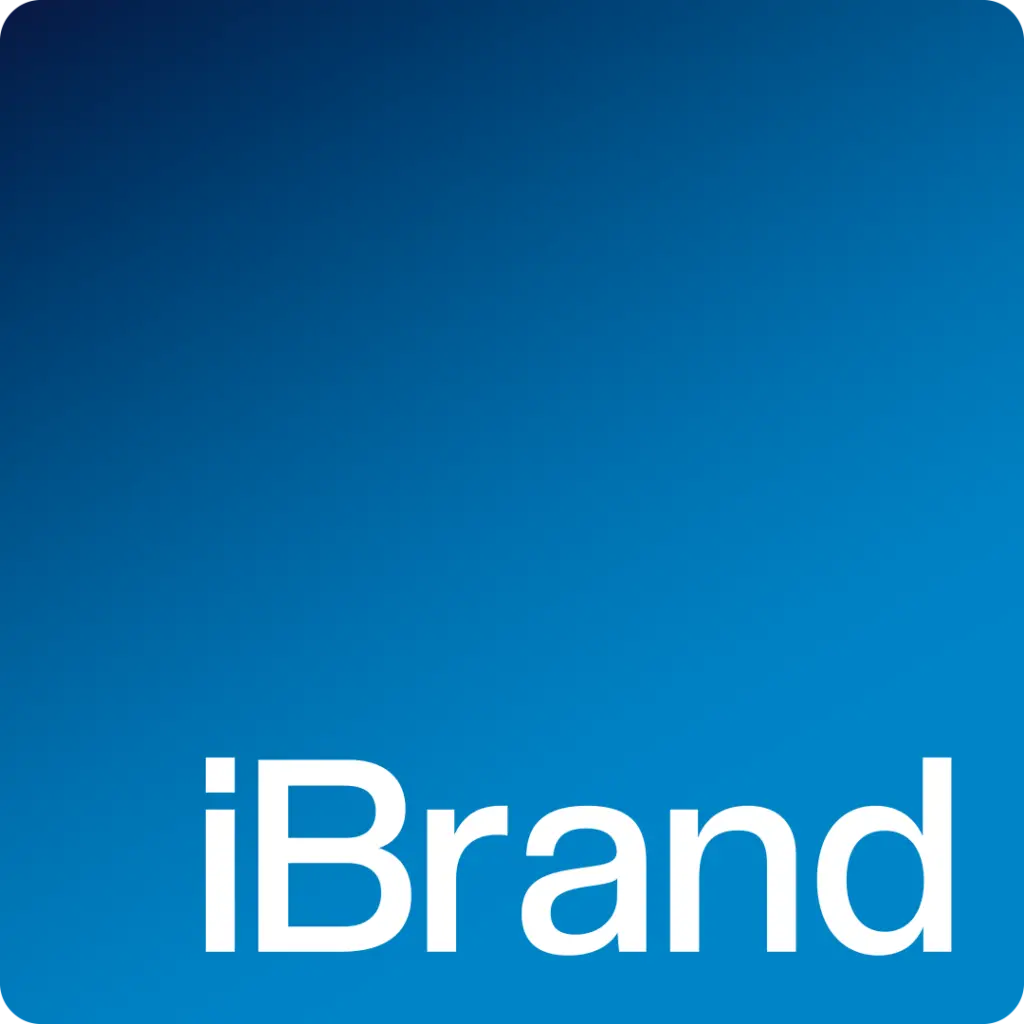Rebranding allows businesses to refresh their image and forge stronger connections with customers. When successful, rebranding can drive business growth, but it doesn’t always go to plan.
Rebranding is a complex process. It requires research, planning, and strategy; it’s not a process that should be rushed.
In this article, we’ll explore the causes of bad rebrands and look at five examples of failed rebrands in the hope that they’ll prevent other businesses from making the same blunders.
WHY DOES REBRANDING FAIL?
Rebranding is fraught with potential pitfalls. If key steps are overlooked or poorly executed, they can have disastrous results. Here are some common causes of failed rebrands.
TARGET
AUDIENCE RESEARCH
UNCLEAR OBJECTIVES
INCONSISTENT MESSAGING
REMOVING POPULAR ELEMENTS OF THE BRANDING
REBRANDING FOR THE WRONG REASONS
POOR MARKET RESEARCH
FIVE EXAMPLES OF BAD REBRANDING
Here are five instances of bad rebrands, examples that the companies involved would likely prefer to be forgotten.
Of course, we had to start this list with the most recent rebranding nightmare. Everyone is still reeling at Elon Musk’s rebranding of Twitter as ‘X’. It’s certainly got everyone’s attention for all the wrong reasons. Without its name and the beloved blue bird icon, Elon Musk has thrown away Twitter’s brand equity, and people are outraged. Could this be the end of Twitter?
COCO POPS
In 1998, Kelloggs tried to rebrand breakfast cereal Coco Pops as ‘Choco Krispies’. The move aimed to bring the cereal’s brand in line with other countries, where it was already known as Choco Krispies. Unfortunately, they hadn’t considered how strongly the UK public felt about the cereal’s jingle, which featured the line, “we’d rather have a bowl of Coco Pops”. Adding the extra syllable to the popular jingle sounded, quite frankly, ridiculous. After an overwhelming 92% of people said they didn’t like the change, Kelloggs was forced to revert swiftly.
ROYAL MAIL
Another rebrand that caused uproar in the UK is Royal Mail’s 15-month rebrand to ‘Consignia’. Royal Mail stated that they decided to rebrand to demonstrate how the business had grown and evolved and no longer simply sent and received parcels. However, after 500 years as Royal Mail, the name and logo had become a state institution, and the rebrand attracted a lot of backlash. It cost Royal Mail £1.5m to change to Consignia and then a further £1m to revert.
TROPICANA
When Tropicana tried to modernise its logo and packaging, it actually resulted in a 20% loss in sales. After spending $35m on marketing its rebrand, the company then lost around $30m in sales. The rebrand had fallen flat as the public found the new branding boring and unappealing – a classic case of “if it’s ain’t broke, don’t fix it”.
GAP
Clothing brand Gap unveiled a new logo in 2010, which bore very little resemblance to their old logo and was deemed boring and generic. Whilst the logo was unpopular, perhaps the biggest mistake Gap made was failing to communicate the changes effectively. As a result, there was confusion around the new logo and so much backlash that they were forced to revert to their old logo.
Create an impression that will last
Get a quote for your rebranding needs today
